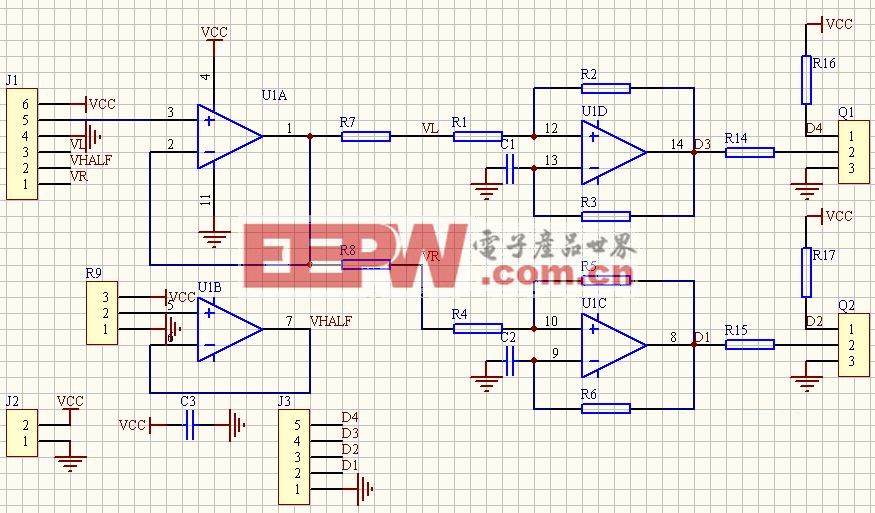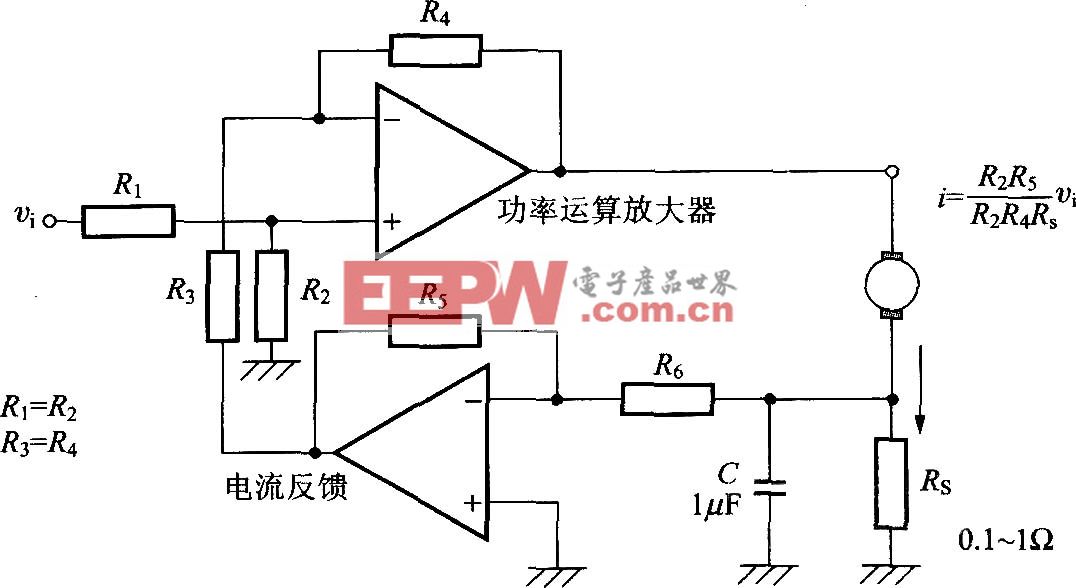運算放大器的輸入-Operational Amplifier
Operational amplifier (op amp) inputs vary widely in structure and performance. This document presents common op-amp input structures. By using the Electrical Characteristics table, the op amps are identified by type and part number.
Each op amp structure type offers its own advantages and disadvantages. Therefore, Maxim will continue to introduce op amps with a variety of configurations to optimize each product for its intended application. Table 1 below lists the various types used, some of which are very common while others are represented by only one or two examples in our product line.
Table 1. Op Amp Input: Types and Parameters
| Type | VOS | IB | IOS | TCIB | Comments |
| Bipolar PNP | 100μV to 2mV | 100nA to 1μA | 10% IB | 20% | |
| Bipolar NPN | 10μV to 1mV | 100nA to 1μA | 10% IB | 20% | |
| Bipolar Rail to Rail | 500μV to 5mV | ±100nA to 1μA | 50% IB | 40% | |
| CMOS p-Channel | 350μV to 20mV | ±10pA to 1nA | IB | 10x per 30°C | |
| CMOS n-Channel | 350μV to 20mV | ±10pA to 1nA | IB | 10x per 30°C | |
| CMOS Rail-to-Rail | 1mV to 20mV | ±10pA to 1nA | IB | 10x per 30°C | |
| Bipolar NPN with IB Cancellation | 100μV to 200μV | ±10nA to 100nA | 50% IB | 40% | |
| Bipolar Current-Mode Feedback | 500μV to 5mV | ±100nA to 10μA (IN+ only) | NA | 40% | |
| JFET Op Amp | 500μV to 2mV | ±10pA to 1nA | IB | 10x per 50°C | |
| Active Input Offset Cancellation | 1μV to 25μV | ±10pA to 100pA | IB | ~ 0 |
The bipolar PNP has been Maxim's most common input because of its inherently low offset and single-supply operation. The bipolar rail-to-rail stage is, however, challenging the PNP version for customer use, and now constitutes more than 50% of our new op amp products. The remaining input stages shown in the table account for less than 20% of our op amp product line.
Generally if customers are looking for low offset voltage, they will have to use one of the bipolar input stages. If high impedance is needed, the application will require a CMOS input stage. If the application requires a JFET input stage, a CMOS-type op amp might satisfy the criteria. Maxim currently offers few op amps with JFET input stages, and those devices are very high priced.
Most of Maxim's op amps can be identified using the above table as a guide. Compare the offset voltage, the bias current, and the offset current to determine which of the above categories is the closest match for an application.








評論